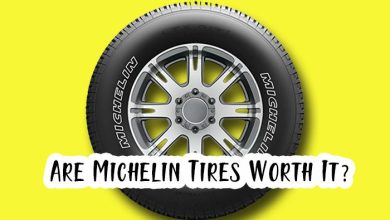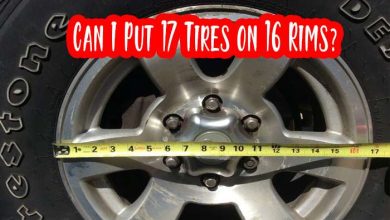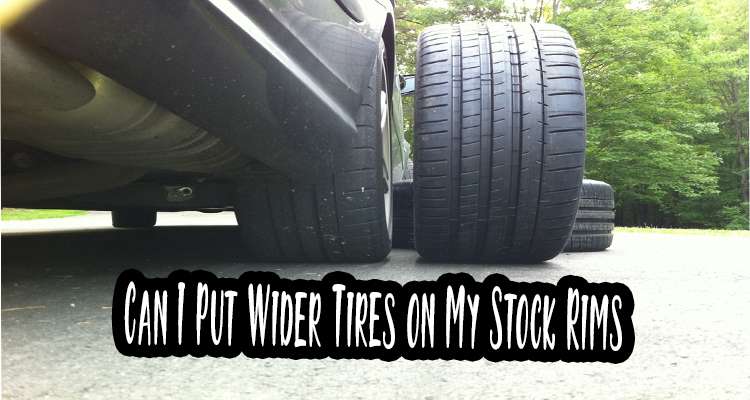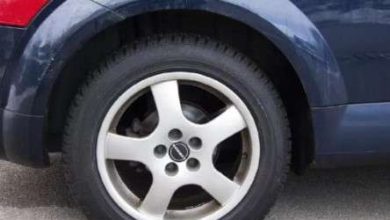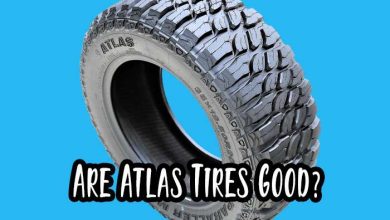Why Did My Tire Come Off the Rim? A Tire Expert’s Guide
Have you ever wondered why your tire suddenly came off the rim? I’m here to help you unravel this mystery. As a tire expert, I’ll break down the anatomy of a tire and rim, explain the role of the bead, and share valuable insights into why this can happen. Let’s dive into the world of tires and rims with humour, expertise, and a bit of a twist!
Anatomy of a Tire and Rim
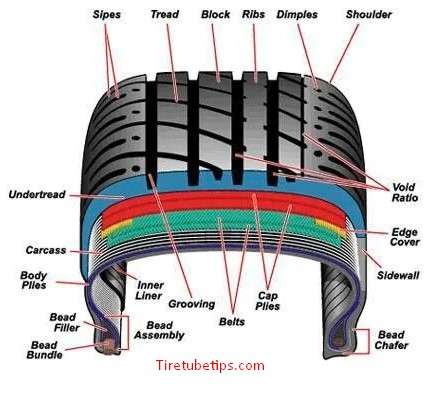
Tires are more than just black rubber doughnuts. They’re engineered marvels designed to grip the road and provide a smooth ride. A typical tire consists of layers of fabric and steel belts, all encased in high-quality rubber. These layers work together to keep your tire in shape and on the rim.
Now, the rim is the wheel’s outer edge that holds the tire. Rims come in various materials and designs, from steel to alloy. The tire and rim union is essential for safe and efficient driving.
Read Also: What Do Tire Shops Do With Old Tires?
The Role of the Bead in Keeping Tires on Rims
At the heart of the tire-rim relationship lies the bead. The bead’s job is to maintain a tight grip on the rim. The bead is a reinforced section of the tire’s inner circumference, and it’s what keeps your tire from slipping off the rim.
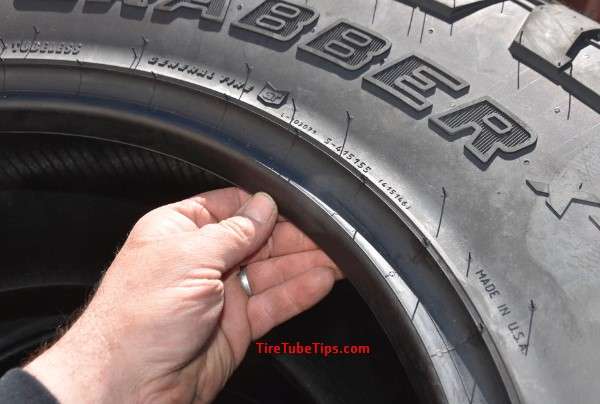
1. A Tight Embrace
Picture the bead as the tire’s embrace of the rim. It’s a snug fit that ensures the tire remains in position even when subjected to extreme forces, like sudden braking or sharp turns. The bead is designed to resist pressure from within the tire and secure it firmly onto the rim, preventing any unwanted separation.
2. Bead Construction
The bead isn’t just a simple piece of rubber; it’s a high-strength composite made of steel wires and specially engineered rubber compounds. This construction gives the bead its impressive strength, resilience, and flexibility. It’s like the tire’s superglue, but a lot more robust.
Why Did My Tire Come Off the Rim?
The million-dollar question! So, why did your tire decide to part ways with the rim? There could be several reasons, and I’ll walk you through some of the common culprits.
Read More: What To Do If Your Tire Fall Off While Driving?
1. Underinflation
Tires are like Goldilocks; they need just the right amount of air pressure. Too little, and the tire can’t maintain a firm grip on the rim’s bead. This can lead to the tire slipping off, especially during sharp turns.
2. Overinflation
On the other hand, too much air pressure can deform the tire’s shape. When the tire becomes too rigid, it can lose contact with the rim’s bead, increasing the risk of detachment.
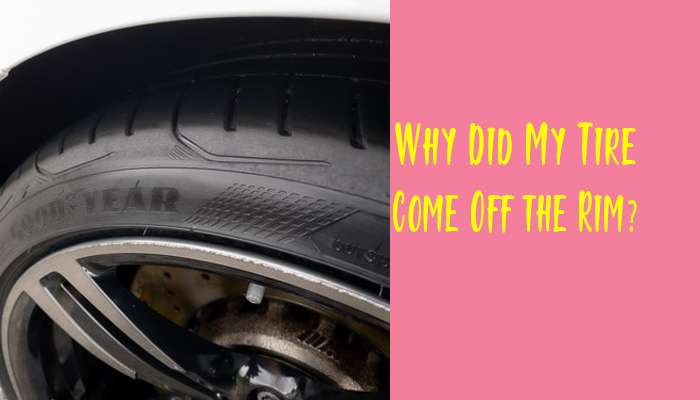
3. Damaged Bead
A damaged or worn-out bead can’t perform its gripping duty effectively. Any irregularities in the bead’s surface or structure can result in a loose connection between the tire and the rim.
4. Poor Maintenance
Neglecting tire maintenance is a recipe for disaster. Over time, dirt, debris, and rust can accumulate on the rim and bead, interfering with their bond. Regular cleaning and maintenance are essential to avoid detachment.
5. Impact Damage
Hitting a pothole or curb can exert tremendous force on your tire. This impact can weaken the bond between the bead and the rim, making it more likely for the tire to come off.
6. Age and Wear
Like all good things, tires and rims age. As they wear down, the bead can lose its strength and grip. So, if you’re rolling on old rubber, it might be time for a change.
Read Further: Why Is One Tire Pressure Lower Than Others?
The Importance of Regular Tire Maintenance
Now that you understand the reasons behind tire detachment, it’s time to stress the significance of regular maintenance.
1. Maintain Proper Tire Pressure
Keep your tires inflated to the manufacturer’s recommended pressure. Regularly check and adjust the pressure to ensure a secure connection between the bead and the rim.
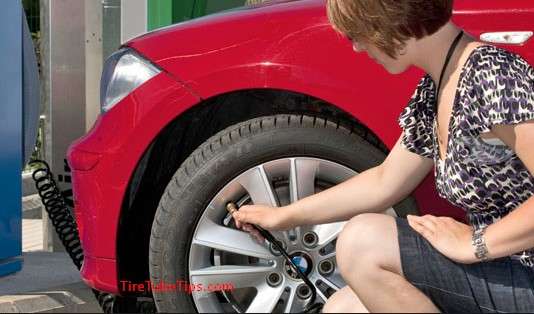
2. Inspect Your Tires
Don’t just kick the tires; examine them closely. Look for signs of damage, wear, or irregularities in the bead area. If you spot any issues, it’s time to consult a tire expert.
3. Clean and Protect Your Rims
Clean your rims regularly to remove dirt, debris, and rust. This simple step can go a long way in preserving the integrity of the bead-to-rim connection.
4. Replace Old Tires and Rims
Tires and rims have a lifespan. When they’re past their prime, it’s safer to replace them. Investing in new ones ensures a secure and trouble-free ride.
Read More: What Happens If One Tire Is Bigger Than the Rest?
Conclusion
So, there you have it, the mystery of why your tire came off the rim, unraveled. Understanding the vital role of the bead, along with proper tire maintenance, can keep you safe on the road.
Now, it’s your turn. Do you have any tire-related stories or projects you’d like to share? We’d love to hear about your experiences in the world of rubber and rims. Please share your ideas, and let’s keep the tired talk rolling!
Reference Link: Tire Maintenance Guide
Glossary
- Bead: A reinforced section of a tire’s inner circumference that maintains a tight grip on the rim.
- Inflation: The process of adding air pressure to a tire to the manufacturer’s recommended level.
- Rim: The metal wheel that holds the tire in place.
- Tread: The outer layer of a tire that provides traction on the road.
- Sidewall: The protective outer layer of a tire.
- Impact Damage: Damage to a tire and rim caused by hitting potholes, curbs, or other obstacles.
